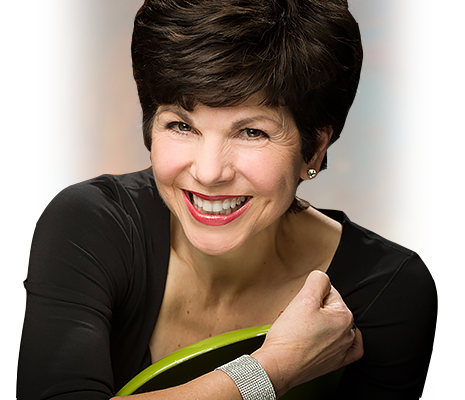 The power of non-verbal body language is huge and most of us are unaware of what we “do” when we are face to face with other people.
The power of non-verbal body language is huge and most of us are unaware of what we “do” when we are face to face with other people.
Becoming more aware of and learning to control your body language will help you to be more successful in securing second interviews, team meetings, peer encounters, selling, networking and more.
Research studies* show that 55% of the meaning of your communication is derived not from what you are saying, but from what you are doing with your body and movements. (source: Professor Albert Mehrabian, UCLA, 1970 study known as The 7%-38%-55% Rule)
“The fact is that body language is more honest than words.” Allan Pease, author of The Definitive Book of Body Language.
A tilt of your head, crossing your arms, pointing your index finger at someone when you are speaking to them, rolling your eyes: these and other physical motions communicate volumes without even opening your mouth. So the question is, are you signaling what you want? Is your non-verbal body language congruent (or aligned with) your spoken message? Is there a conflict with what you say and what you do and if so, which message will be believed?
“When a person’s words and body language are in conflict, women ignore what is said.” Allan Pease, The Definitive Book of Body Language
Click through to watch a TV interview with Kathy McAfee and PBS TV host, Steve Adubato on the importance of vocal power and body language intelligence for professionals.
Does it really make that much difference?
I first become fascinated with non-verbal communication when I was teaching presentation training workshops to executives in the insurance and financial services industries through LIMRA International (2-day course called Powerful Presentations). I would regularly see confident subject matter experts dilute the power of their message with their nervous energy, itches and twitches and uncontrolled body language.
“Our attitudes and emotions are continually revealed on our faces and we are completely unaware of it most of the time.” – Allan Pease
 My interest in body language became intensified during my study and training as a master practitioner of Neuro Linguistic Programming or NLP. We explored the concept of “physiology of excellence” and how it could impact our success in business and life.
My interest in body language became intensified during my study and training as a master practitioner of Neuro Linguistic Programming or NLP. We explored the concept of “physiology of excellence” and how it could impact our success in business and life.
The NLP Model of Communication shows how our thoughts, emotions and physiology are all neurologically connected. Small shifts in any of the three can make a big difference in your behavior and therefore your outcome.
If you want a different outcome, then change your behavior.
How do you do that? You can adjust one of three elements: change your thinking, change your state (emotions) or change your physiology. That last one is your body language.
How can you gain greater mastery over body language?
- Awareness. You need to become aware of your own body language and what you are unconsciously signaling to others. You must also pay closer attention to other people’s body language and learn to “read it” more accurately. (see the 3 rules for reading other people’s body language below)
- Control. You must learn to control your body language and make the necessary changes in the moment to ensure that what you are doing is consistent with your intention and what you are saying.
- Influence. You can learn to leverage your body language with integrity to more effectively influence other people in professional and personal situations. CAUTION: It is very important that your intentions in learning to use body language to influence are positive rather than manipulative or harmful to others.
Here are the three guidelines for reading other people’s body language:
Of course, you can easy misinterpret other people’s body language. You may need to check in with them verbally to ensure you are picking up on the correct signals and meaning of their communication. The key is, however, that you start to pay more attention to body language. You can lose out on a lot of good stuff – like new business opportunities, job promotions, job offers, personal relationships,etc – if you are lazy with your body language.
Here are 3 things you can take action on right now:
- Consider hosting a motivating lunch ‘n learn seminar with your team on the topic: Your Body Language Doesn’t Lie
- Recommended book on the subject: The Definitive Book of Body Language by Allan and Barbara Pease
- Click through and download a FREE 23-page workbook on verbal power and body language intelligence for professionals


